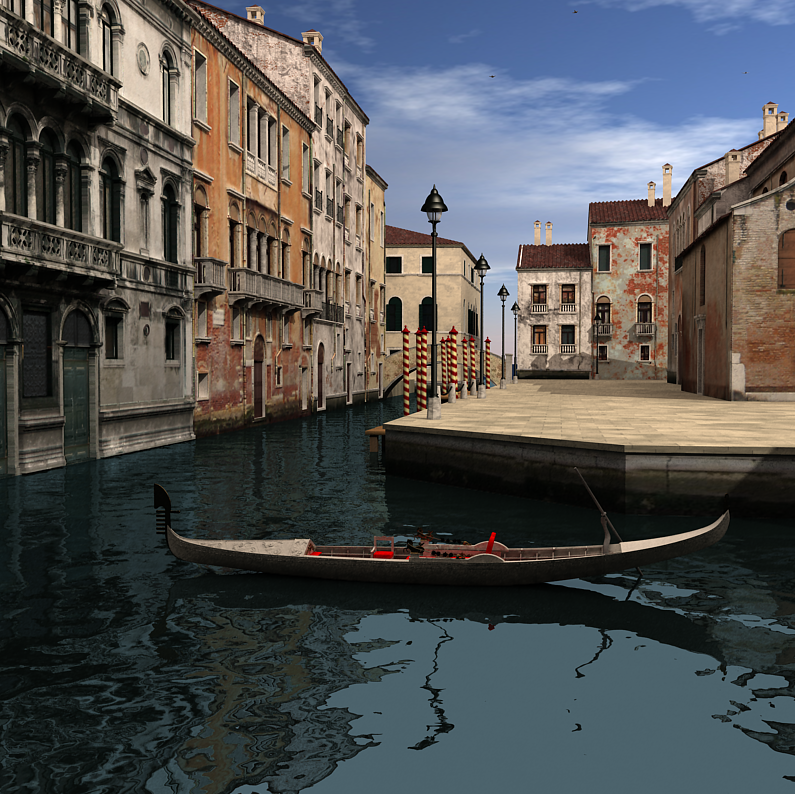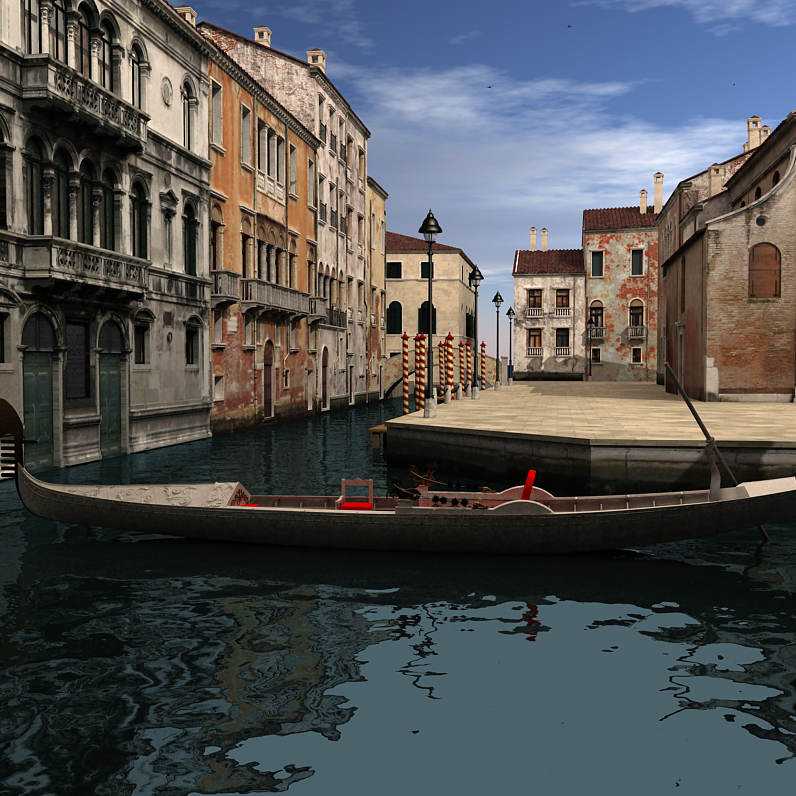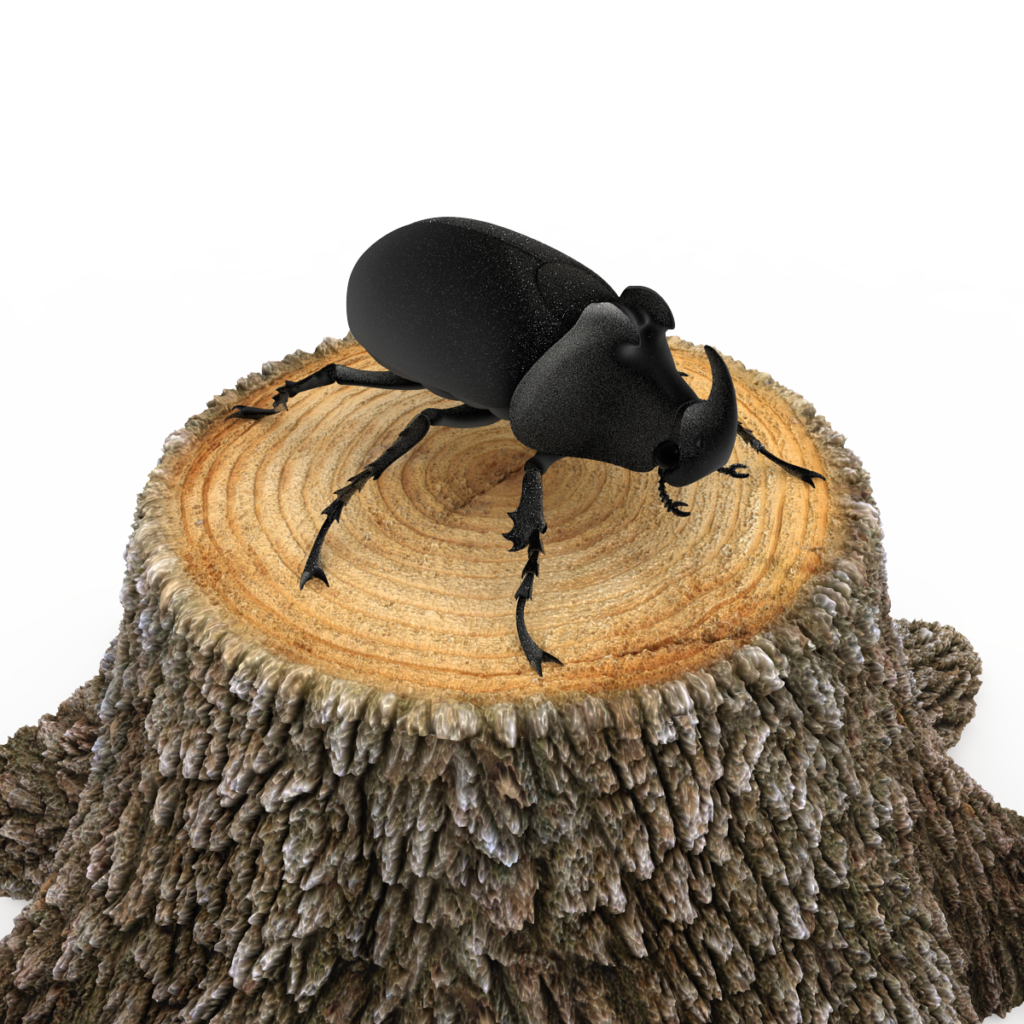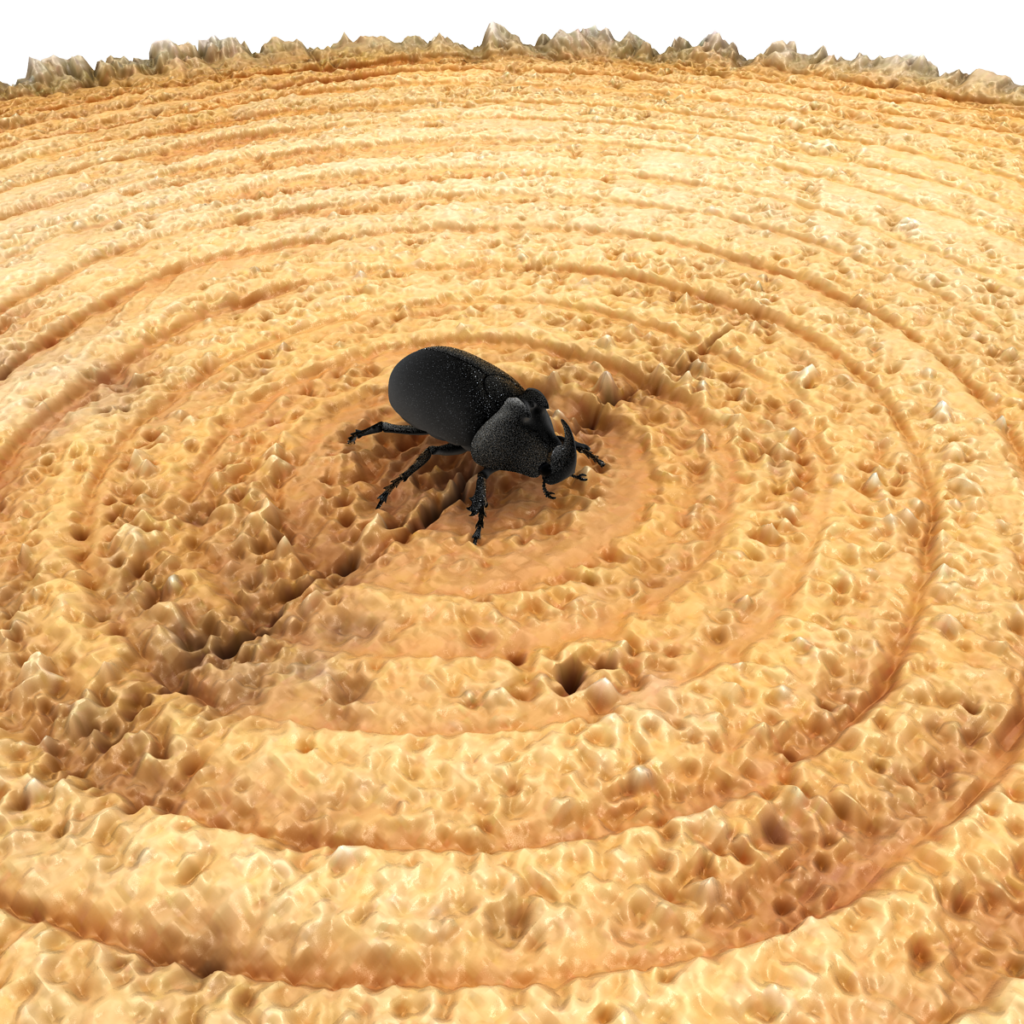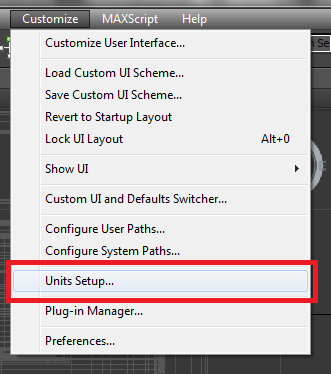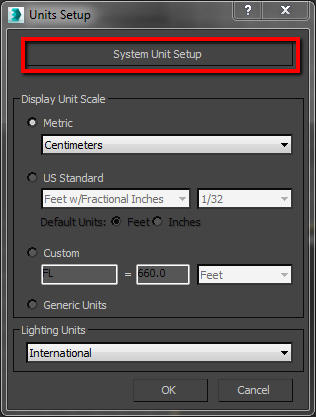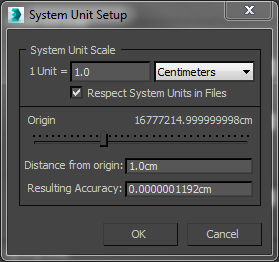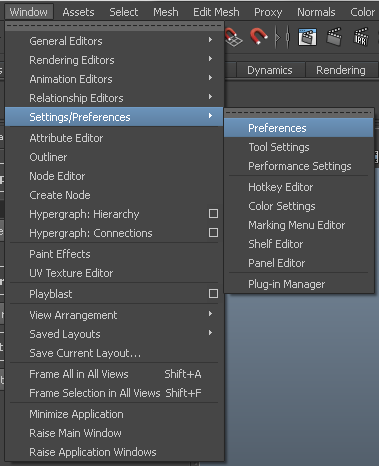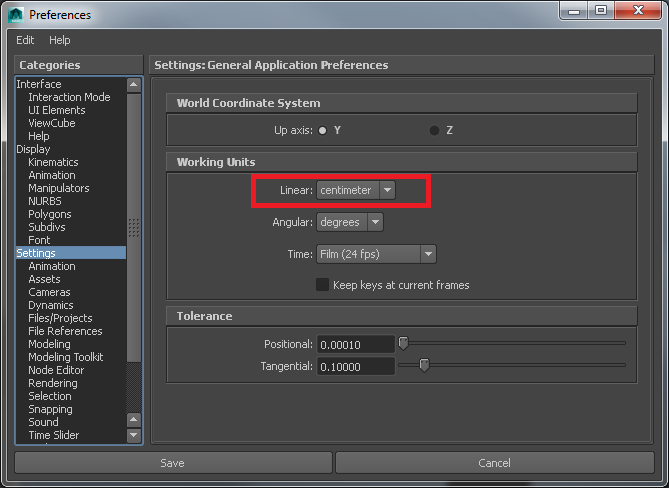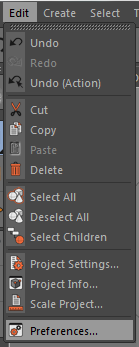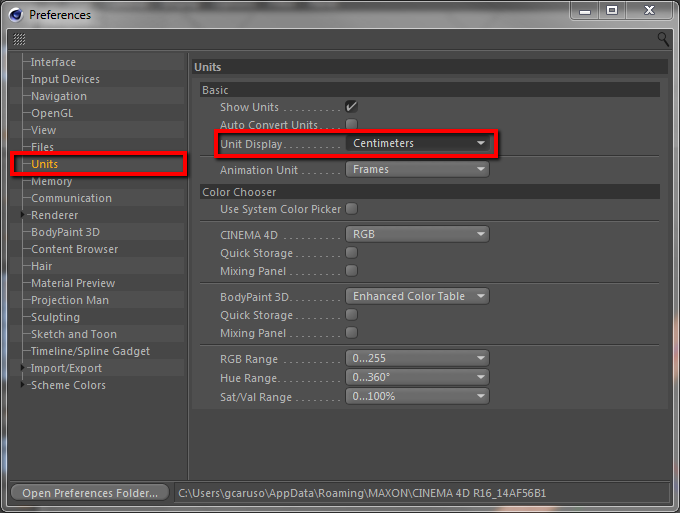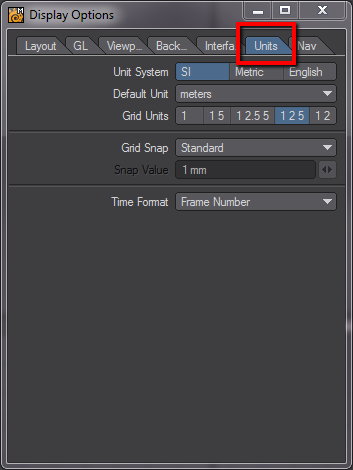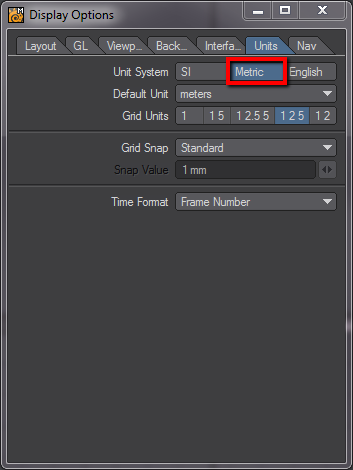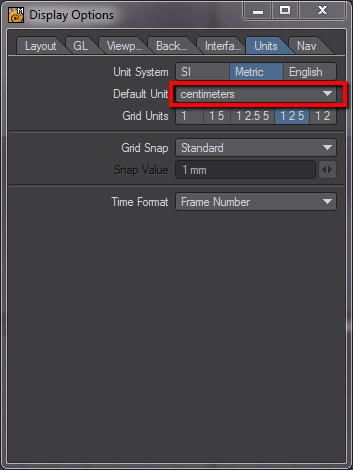Using real-world scale is essential when creating any scenes that you wish to sell on TurboSquid. Learn how to set up units in 3ds Max, Maya, Cinema 4D, and Lightwave. It ensures that all components interact without creating conflict or confusion that would otherwise interrupt the scenery. If a model is not properly scaled it can interfere with its surroundings or not function properly.
Using real-world scale ensures that when a customer purchases your model it can be used immediately, and without scaling issues. It is expected that your model can be placed into a scene and have it match scale with minimal editing. If a model is not made to real-world scale the customer will have to scale and tweak it themselves, either by taking the time to look up measurements or by estimating, slowing down production and possibly ruining the impact of their scene. No one wants this.
And it’s important to remember that many features built into modern 3D applications are based on real-world scale. Things like global illumination lighting, skin and muscle systems, rigid body physics, cloth and fluid simulation all depend on the geometry that is in the scene to be realistically scaled to produce expected results. Keep that in mind before you start to build your models.
It is very important that modeling scale remain consistent and that you review your scale prior to starting work. Rather than modeling in generic units in your 3D application of choice (which is often the default), we recommend that you first set the scale in your application so that modeling can be done in centimeters for small or medium object and meters or kilometers for larger objects. Modeling in generic units can quickly lead to building a model you think is 100 meters tall, when under the hood its scale is 100 inches.
Why not use imperial units? You can, but in general, metric units are safest as they are used worldwide and transfer well to other applications. This ultimately helps broaden your possible market and can earn you more money.
Another important reason to model at real-world scale is so that customers don’t have to try and fix models that have rigs as part of their structure. If you create a character or mechanical model with a rig, and you haven’t built your model to real-world scale, often trying to scale everything up after the fact will cause the rig itself to break, and that can quickly lead to returns from unhappy customers. You can save yourself a lot of frustration by making sure what you’re building is set to the proper scale.

